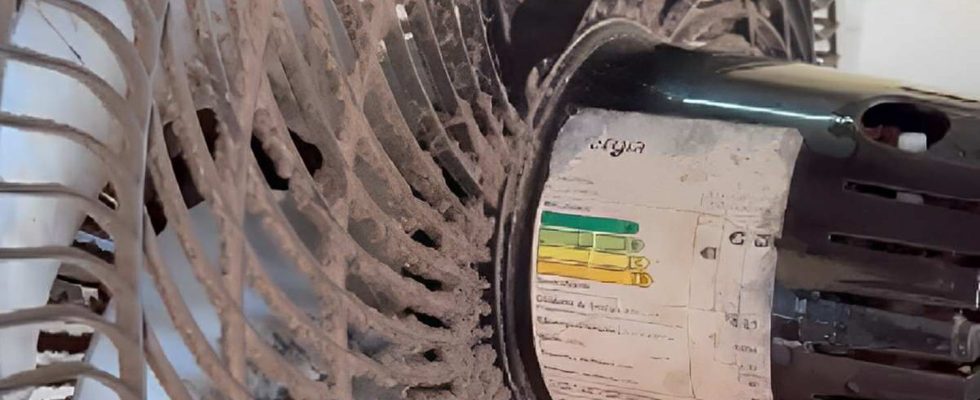The correct method for cleaning a fan is easier than you think and gives amazing results!
Do you know those amazing techniques on the internet that use a plastic bag to clean the fan? Not only are they risky, with the potential to cause electric shock and damage the fan, but they don’t give a perfect result! But with this mixture to clean the fan you will get a perfect result without much effort. Follow the step-by-step guide and admire the result!
To clean a fan, we will only use 3 products that you probably already have at home, and one of them might surprise you. We’re talking about white vinegar, coconut detergent, and toothpaste. In addition, we will use water and a spray bottle. In this technique, warm water helps dissolve grease and grime embedded in the fan parts, while the vinegar acts as a degreaser and disinfectant. The detergent removes dirt and the toothpaste has an abrasive power to remove the most stubborn stains.
Ingredients for cleaning the fan:
- 300ml lukewarm water
- 1 tablespoon of white vinegar
- 2 tablespoons coconut detergent
- 1 tablespoon of toothpaste
Method of preparation :
- In a bowl, put the water, white vinegar, coconut detergent and toothpaste.
- Mix these ingredients well and transfer them into a spray bottle using a funnel.
- Spray the mixture on the blades and grilles of the fan, being careful not to spray it on the motor or the electrical part.
- Scrub with a cleaning brush and wipe with a dry cloth to finish.
- So ! You now know how to clean a fan efficiently and safely!
Dust accumulated on a fan can impede its optimal operation, reduce its efficiency and increase energy consumption. Additionally, when a fan is running, it can disperse these dust particles into the air, affecting indoor air quality and posing health risks, especially for people with allergies or asthma. Therefore, regularly removing dust ensures optimal fan performance and a healthier indoor environment.
